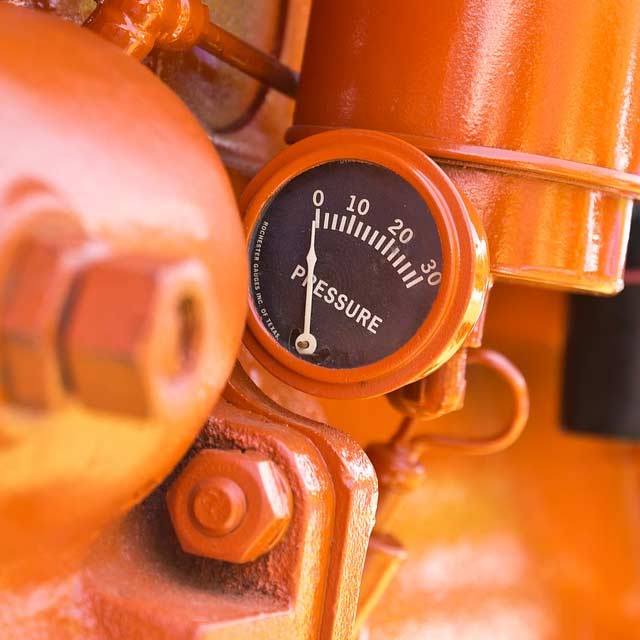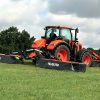With all the concerns and compliance issues surrounding environmental concerns, we may be overlooking a hidden benefit of more efficient, cleaner-burning engines. Are you spending more on tractor oil and fuel than you should be? Here’s how to maximize your performance, keep your emissions in check, and save some money in the process!
- Choose the right tools for the job.
One great way to waste a lot of fuel is by using the wrong size tractor. For efficient use, match your attachments to the tractor, and match your tractor to the job. While some tasks require a big engine and a lot of power, these big jobs are likely to be rare. Choose a tractor that’s the right size for your everyday work, and rent a big tractor when you need more power.
- Reduce Idling time.
Leaving your tractor idling for more than a few minutes costs you money in several ways. You waste fuel (and increase emissions), and you also increase wear and tear on the engine. That means less maintenance. The costs when engines are idling can really add up. Trucking companies have done extensive research on the evils of idling engines. The more tractors you have, the more money you’ll save by turning off the engines when not in use.
- Keep in tune.
Speaking of maintenance, you’ll burn less oil if your tractor starts and stops smoothly. Startup or running issues are often related to dirt or corrosion in the fuel system. Check connections, filters, hoses, and change the fuel itself. If that doesn’t clear up the issue, you may need a full tuneup or a service call. Find the troubleshooting page for your:
New Holland tractor (log into My New Holland and look for the documents tab)
Find all brands of tractors and equipment at Manuals Library
- Use fresh fuel.
As I mentioned, a dirty fuel system can mess with your performance. But did you know fuel goes bad? If you store fuel during the winter, use a stabilizer to keep it stable and water-free. Make sure you’re using the right fuel for your tractor.
- Watch your tire pressure.
Just like cars, tractors need proper tire pressure for best operation. You save fuel, and may also save time and money spent making unnecessary passes to achieve the depth or grade you’re looking for. Using bigger tires with lower pressure means less soil compaction and less slippage.
Keeping an eye on your tire pressure is also an important safety issue. Check your manual for the optimal pressure for your tires based on the load and typical working speed. If you don’t know the weight of the load and want to eyeball it, three tread bars should be in contact with the ground.
Hey, we’re all looking to save money every way we can, right? Minimizing tractor oil and fuel costs is one of the most important ways fleet owners save money, and you can use the same simple practices to boost your bottom line and keep your tractor running better at the same time.









